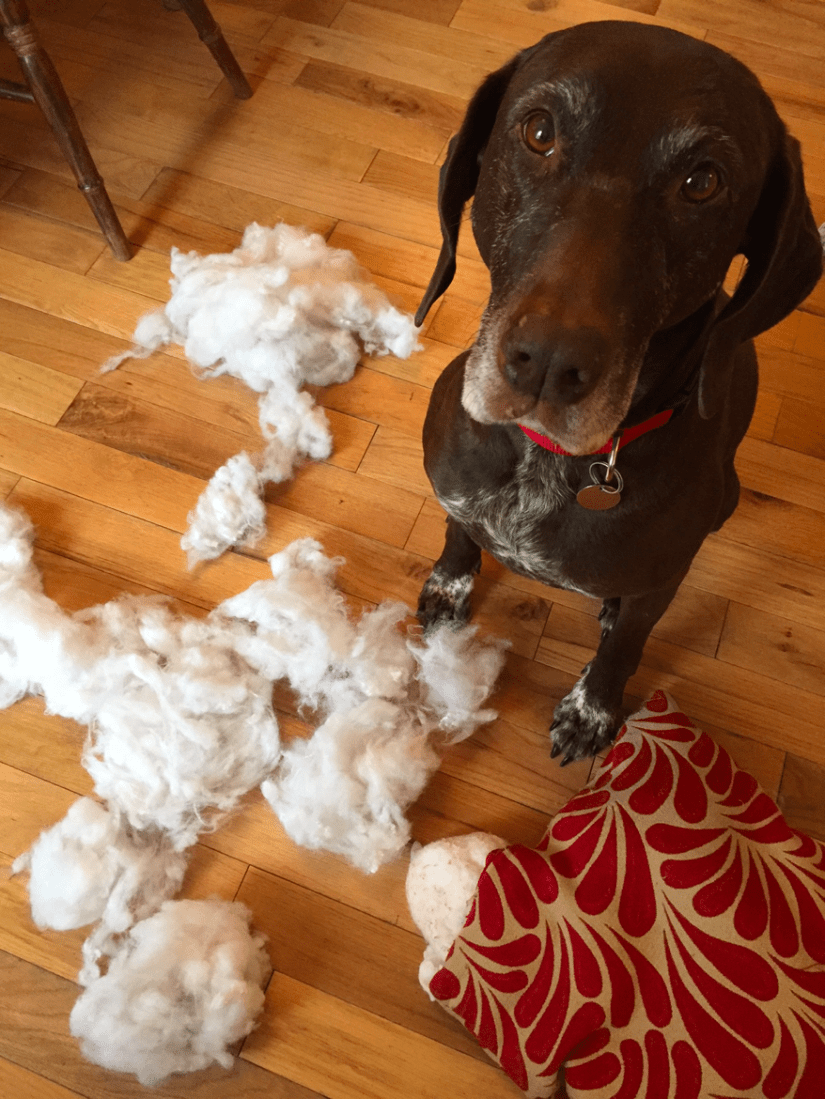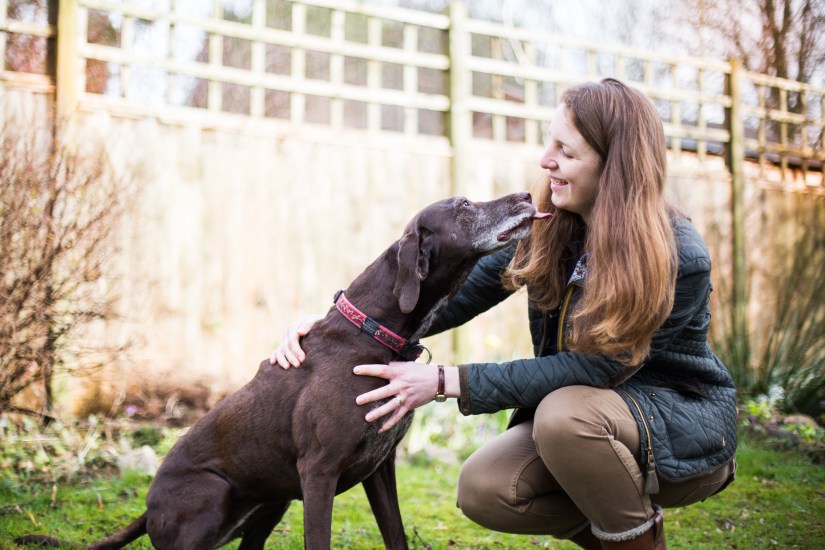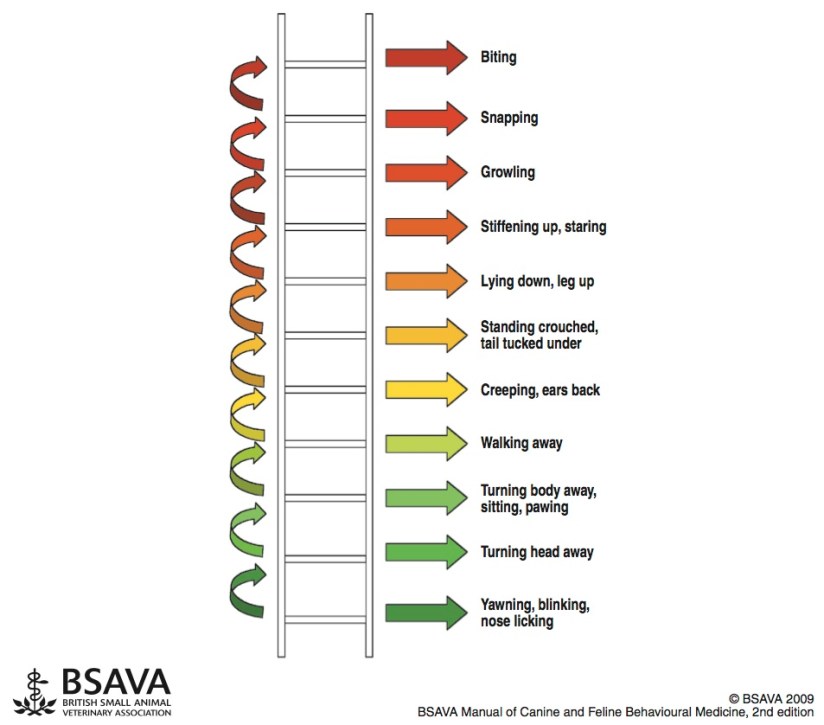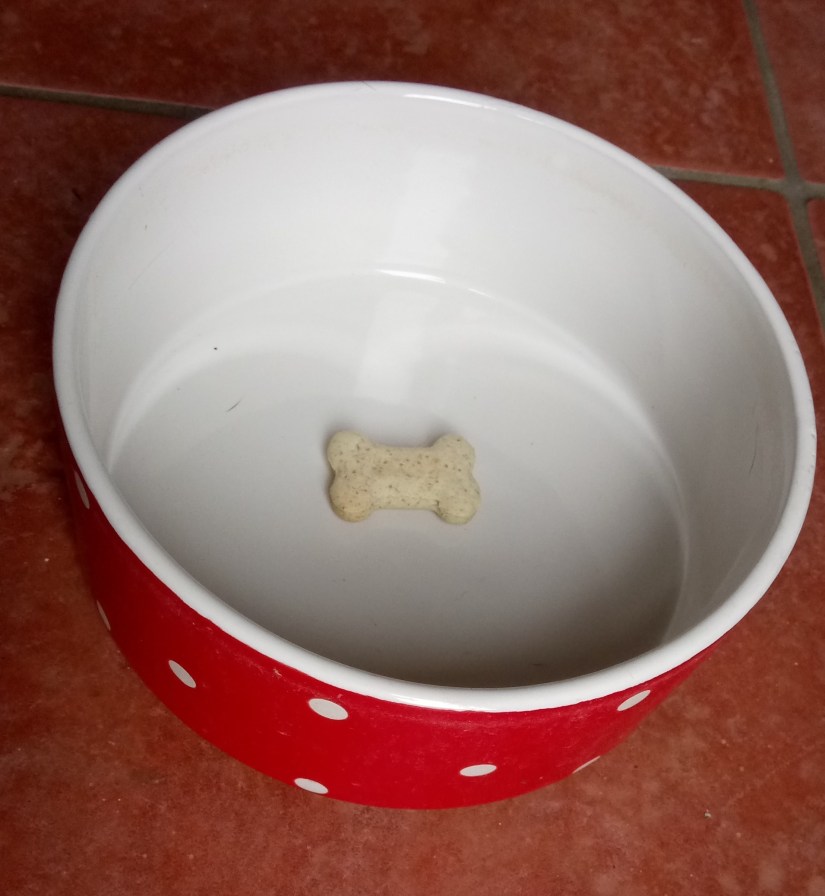Fear of fireworks is a very common problem that many dogs have. Fireworks displays are so large and loud, and continue for such a long time that it is unsurprising that a lot of dogs find them very alarming, if not out-right terrifying!
Dogs which are puppies over November and December, and are therefore exposed to fireworks during their sensitive period, are much less likely to have problems with them later in life. A dog’s sensitive period is a developmental phase which lasts until they are around 14 weeks of age. During this time they are like little sponges, learning what is ‘normal’ in life and not to be scared of. If a stimulus is not encountered during this time, then they are much more likely to show a fearful response to it when they meet it in adulthood.
The fearful reaction shown can vary from dashing about the house, scrabbling in corners and under furniture, staying very still whilst trembling, panting, seeking your company excessively, and barking to name but a few.
So what to do now?
With Guy Fawkes night only a couple of weeks away you may feel that it is too late to do anything about it, but there are some really useful steps you can take to make things easier for your dog.
Contact all your local venues who may be hosting a display and find out when they are planning to do so. This will enable you to be prepared on the day.
Create a ‘safe haven’ for your dog. This should ideally be in a room that they already choose to retreat to when stressed. It should be a space that is well sound and light insulated, and as den-like as possible. Internal spaces such as understairs cupboards can be useful, or behind large pieces of furniture, such as the sofa, or under a bed. Your dog should be able to access the safe haven whenever they feel scared (so a cupboard must always be left propped open) and it should have a cushion or blanket in from an existing resting place to make it as familiar as possible. Dog crates can be useful to use as they can be covered over with blankets to muffle sound.
The safe haven should be created as far in advance as possible and your dog should be encouraged (but not forced) to explore it for short periods every day. This can be done by putting tasty treats inside for them to find. Food puzzle toys can be great for this as they take a while for the dog to use.
Now is also the time to speak to your vet about how they can help. They may feel that medication would be beneficial, and this is best discussed in advance in case they need to check over your pet first to ensure it is safe for them to take it.
There are other products, such as Adaptil, which can help reduce anxiety. Adaptil is a synthetic form of a canine pheromone that mother dogs produce to make their puppies feel more secure. This is available as a plug-in, a spray, or a collar, and is best started in advance.
What to do on the night?
When the day of the display arrives, ensure that your dog has had a really good walk during the day, as they will settle better if they are physically tired. Give them a large dinner before sunset, and any medication prescribed by the vet as instructed.
Ensure that your dog can access their safe haven, close all the curtains, and put on the TV or radio as a distraction.
Try to keep to your normal routine as dogs are very good at picking up on subtle signs of anxiety in their owners, and so it can be easy to unsettle them further by our own apprehension!
If your dog is settled and calm then don’t keep reassuring them or giving them cuddles and this may alert them to the fact that something is wrong. However if the display has started and your dog seeks reassurance from you, then please do give it. There is a lot of advice saying that reassurance will reinforce the behaviour which is true, but during the actual fireworks display is not the right time to be training your dog, that should happen at another time. If given in a calm manner, and not to excess, reassurance is important in easing a dog’s distress.
What to do to next?
Once firework season has passed, it is time to start a training programme with your dog to lessen their fearful reaction to fireworks. This is a process that takes time and patience and so it is never too early in the year to begin!
It is best to seek professional guidance as every dog is different, but broadly speaking you want to teach your dog that the sound of fireworks is not something to be scared of, and may actually be a positive thing!
This is done through a process called ‘desensitisation and counter-conditioning’, and involves exposing your dog to fireworks noise at such a low volume that they are aware of it but not scared, and linking it to something positive such as play or treats. This is the time when you should not reassure your dog when they are exposed to firework noise, but reward calm and relaxed body postures.
So good luck to all those owners who are looking to fireworks night with apprehension, you are not alone!
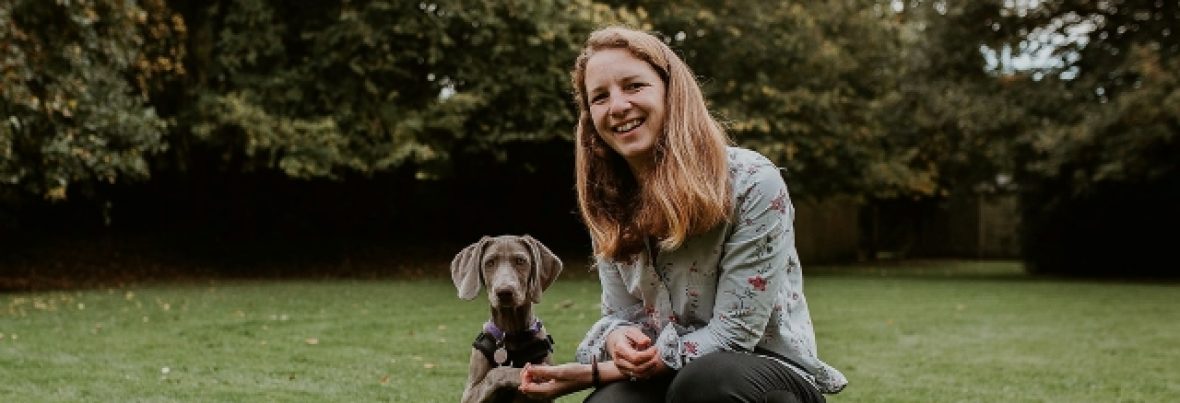



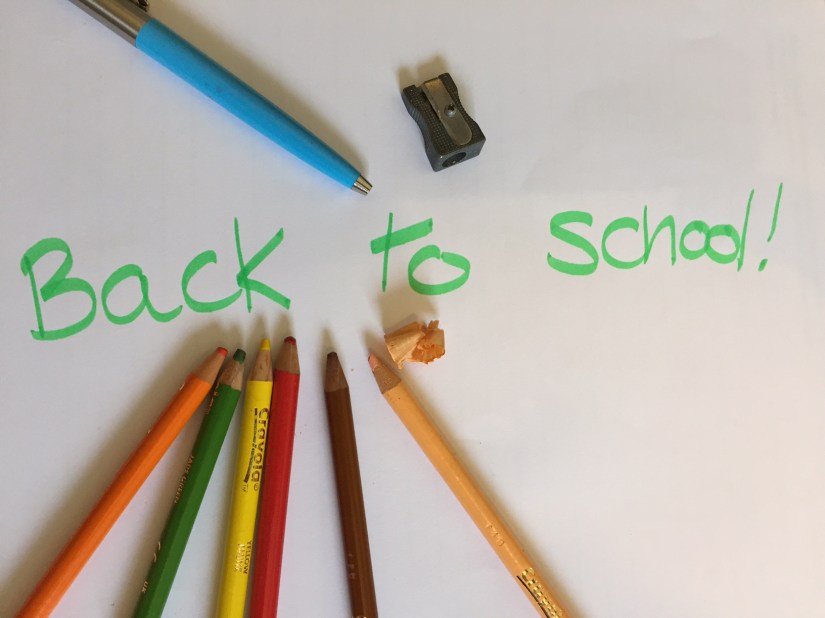
 I think one of the most underutilised tools in changing an unwanted behaviour is
I think one of the most underutilised tools in changing an unwanted behaviour is 